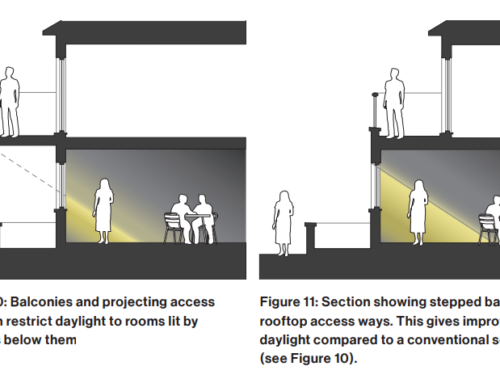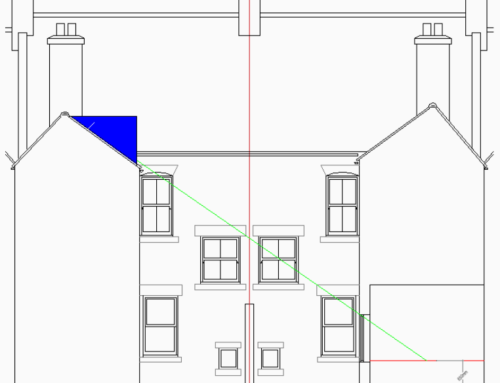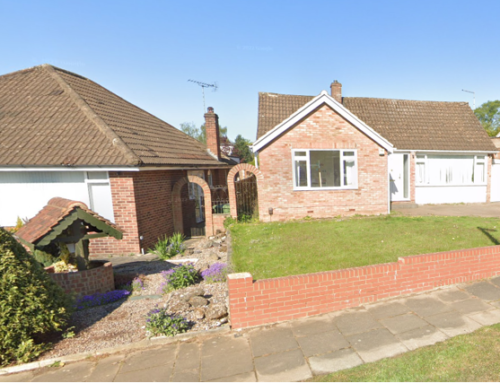Principles of legal rights of light
Case law has determined that a legal right of light can be obtained through a defined aperture in a building. Statute states that there can be rights of light where there is the passage of daylight through such openings providing natural light to “…any dwellinghouse, workshop or other building”.
So what about my garden or patio?
It follows from the general legal principle described above that, if the subject of the possible right is not a building and/or there are not defined apertures, it cannot be possible to have a legal right of light. Thus, it is clear that it is not possible to have a legal right to light in respect of a garden, patio or any other such area. This is the case whether we are considering possible right to light obtained after 20 years of enjoyment via Prescription but also it applies to possible rights as a grant of any kind.
According to statute and past case law, it is simply not possible in any way for any such open space to have a legal right of light either with regard to diffuse daylight or direct sunlight.
Is there a right to sunlight to my windows?
Legal right to light is a right to a sufficient amount of diffuse daylight to at least about 50% of a room area but there is no consideration at all of the orientation of the building and windows. There is no consideration, assessment or measure of direct sunlight according to past case law and legal statute.
So, the answer is no, there is no legal right to sunlight whether to windows or gardens.
Do I have any other options to protect sunlight to my garden and windows?
Although there is no legal right of light to a garden, neither diffuse daylight or sunlight, and no legal right to sunlight to windows, sunlight to gardens and windows, can be considered within the BRE Daylight and Sunlight guide assessment procedure as used by the majority of Councils to measure the effect of loss of daylight and sunlight to neighbours as a result of a new development of some kind.
This BRE guide is generally only applicable and used to assess sunlight to neighbours within the limitations of an application for planning permission. Therefore, although potentially useful to prevent excessive loss of sunlight to your home, it is still at the discretion of the Council as to whether to grant planning permission even if the application fails the BRE guide target values. However, failure to meet the BRE guide values could be sufficient justification for planning permission to be refused by the Council.
How Smith Marston can assist
Our experienced team are on hand to help carry out right to light assessments where required and advise on general right to light matters. We can also carry out daylight and sunlight assessments to help you understand the full implications of any development.
Contact us to speak with our team and discover the options available to you.
Related Articles
Right to Light & Dormer Windows
Rights of Light – Beware of the Side Extension
Will Trees Affect My Right to Light?
Extraordinary Rights Of Light…Such As A Greenhouse







